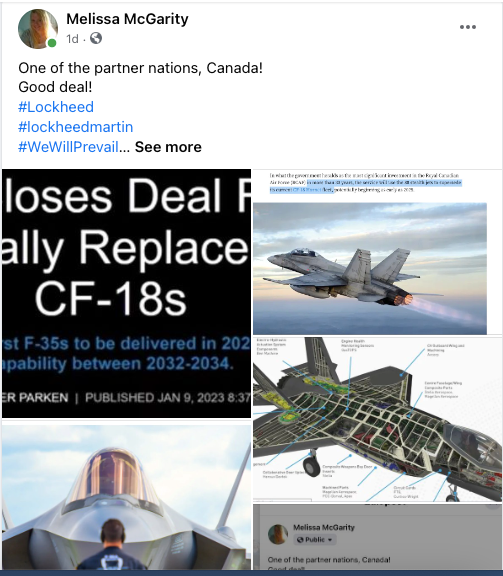
One of the partner nations, Canada!
Good deal!
#Lockheed
#lockheedmartin
#WeWillPrevail
#UnitedWeStand
I guess #Trudeau's promise Not to purchase any F-35 jets didn't work out eh?🙃😉
Here's the rundown as this has been going on for Quite a while!
The current version of the Canadian fighter competition, or Future Fighter Capability Project, was launched in 2017, although long before then, Canada had begun to pay into the F-35 program as an industrial partner. Indeed, between 1997 and 2021, Canadian investment in the Joint Strike Fighter amounted to $613 million.
With that kind of stake in the Joint Strike Fighter program, it was always expected that the F-35 would be the front-runner in any formal competition in Canada. Back in 2010, Canada’s Conservative Party government announced plans to buy 65 F-35As. So far, so predictable.
Things changed, however, when Canada’s Liberal Party won elections in 2015 and incoming Prime Minister Justin Trudeau vowed to scrap the deal and recompete the contract.
“Canadians know full well that for 10 years, the Conservatives completely missed the boat when it came to delivering to Canadians and their armed forces the equipment they needed,” Trudeau told reporters at the time. “They clung to an aircraft [the F-35] that does not work and is far from working.”
Well That's Interesting isn't it?
Did Trudeau have to literally Eat his words?
For a while, it seemed that the government was doing everything it could to find reasons not to buy the F-35.
Then there was the plan to buy a smaller number of Super Hornets as “interim” fighter jets, which was derailed as a result of a tangential trade dispute between Boeing and the Canadian government. It was in the wake of the failure of this effort that Canada moved to buy the aforementioned batch of ex-Royal Australian Air Force F/A-18A/B Hornets, a move that was also not without controversy.
Check out below what happened when, ex-Royal Australian Air Force F/A-18A/B Hornets arrived at CFB Cold Lake in 2019 YIKES!
I cannot begin to tell you what Incredible Fun it has been waiting out the scenarios so we could see them back to back.
Do yourself a favor and check out the response when they brought in what some of the guys referred to as "the geriatric fleet!" It was all kinds of EPIC. . .to say the least!
Then Check Out. . . the photo from U.S. Air Force/Airman 1st Class Valerie Seelye F-35As, assigned to the 421st Fighter Squadron, from Hill Air Force Base, Utah, during a deployment to Spangdahlem Air Base, Germany. Whoa!
There is also a possibility that the Canadian jets will be the first of the F-35A versions to receive refueling probes, which would comprise a special configuration making them compatible with hose-and-drogue tankers.
This is from 9 years ago and there is No Comparison with VTO and VL capability. . .
First F-35B Vertical Takeoff Test
This is NOW,
US F-35 Showing Its Insane Capability During Vertical Take-Off
See entire Facebook Frames thread from 1.17.2023 here
https://www.facebook.com/melissa.mcgarity.14/posts/pfbid022MPY1YqDyLHqPvprmnJNCyqJszpEs9VhdPdb7Ehqm7TL3WYzpoByK1qToCWpvebZl
NEWS
CAR REVIEWS
FEATURES
THE GARAGE
THE WAR ZONE
NEWSLETTER SIGNUP
The War Zone
Canada Closes Deal For 88 F-35s To Finally Replace Its Aging CF-18s
The country expects its first F-35s to be delivered in 2026, with full operational capability between 2032-2034.
BY
OLIVER PARKEN
|
PUBLISHED JAN 9, 2023 8:37 PM
Canada Closes Deal For 88 F-35s To Finally Replace Its Aging CF-18s
Lockheed Martin.
SHARE
OLIVER PARKEN
View Oliver Parken's Articles
Canada has finalized a deal with the U.S. government and Lockheed Martin for the procurement of 88 F-35A Lightning II stealth jets, the first of which are expected to be delivered to the Royal Canadian Air Force (RCAF) in 2026. This looks to bring what has been a prolonged and fraught procurement process to a close, some eight years after Justin Trudeau publicly promised not to purchase any F-35 jets before becoming the Canadian Prime Minister in 2015. You can read our previous report from March 2022 on Canada's selection of the F-35A to replace its fleet of aging CF-18 Hornets, as part of the Future Fighter Capability Project, here.
Separate announcements made on January 9 by Anita Anand, Canada’s Minister of National Defense, and the F-35’s manufacturer, Lockheed Martin, outline new details about the delivery of the aircraft as well as the cost of Canada's F-35 program. The Canadian government's estimated investment for the project is $19 billion (the Canadian government’s previous estimate as of March 2022 was between $12 billion and $15 billion). According to Ottawa, this covers the cost of the aircraft, sustainment set-up and services, as well as the construction of fighter squadron facilities at 3 Wing in Bagotville, Quebec and 4 Wing in Cold Lake, Alberta. David Pugliese at the Ottawa Citizen reports that Canadian national defense officials confirm the project will cost around $70 billion in total across the life of the F-35s. Each F-35 will cost around $100 million to acquire. The government projects that the "full operational capability" of the F-35 fleet will be achieved between 2032 and 2034.
Other key details have also emerged in the wake of the announcement. Canada’s CBC reports that a senior Canadian defense official confirmed on January 9 that Lockheed Martin’s latest Lot 18, Block 4 F-35As will be delivered as part of the package, which feature a wide-range range of improved technologies and weaponry. An infographic Tweeted by the RCAF also noted the claimed advantages of Canada's future fighter. This includes:
A flight range greater than approximately 1,367 miles (2,200 km), with the ability to fly non-stop between Cold Lake, Alberta to Inuvik, in Canada’s North Western Territories.
A drag chute used to slow the aircraft down in icy conditions.These are currently only in use on Norweigan F-35s, and are a particular feature of aircraft used in arctic conditions.
A 'sidekick' devise, allowing for 6 AIM-120 missiles to be carried internally instead of 4.
A payload greater than 17,989.72 lbs. (8,160 kgs) of ordnance combining internal and external weapons stations.
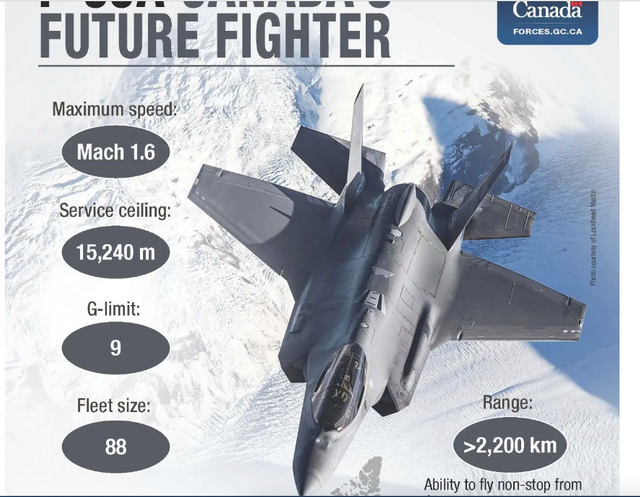
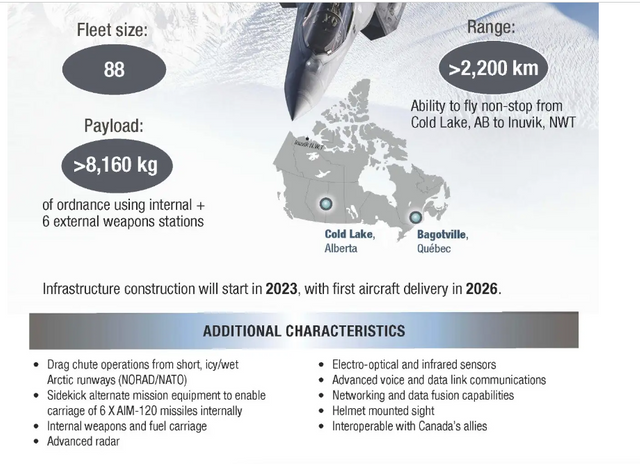
In official renderings of Canada's F-35 variant, we see a standard F-35A boom refueling receptacle on the jet. This could just be a mistake or it could indicate the jets will require a boom-equipped tanker. Currently only the F-35B and C have probes to make them compatible with hose-and-drogue tankers. There is also the possibility that Canada's F-35As could be the first of the conventional takeoff and landing (CTOL) A variant to receive refueling probes which, as we explained previously, would comprise a special configuration. This would allow the RCAF's fleet of F-35As to refuel from the service's future tanker selection, the Airbus A330-based Multi Role Tanker Transport, which is currently not disclosed as being configured with a boom. The current Polaris tankers and C-130s do not have booms either. Canada's CF-18 Hornets use the hose and drogue system.
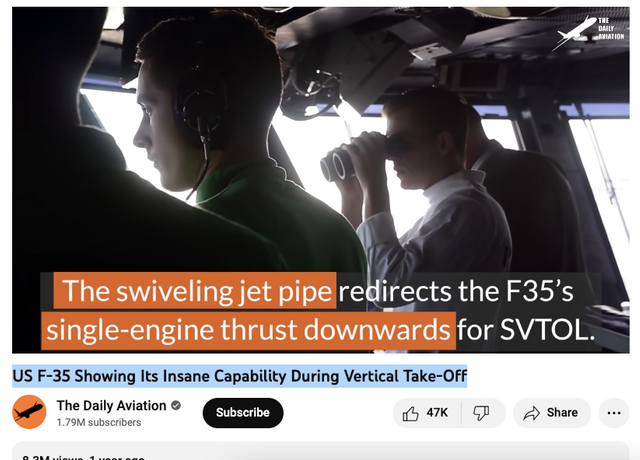
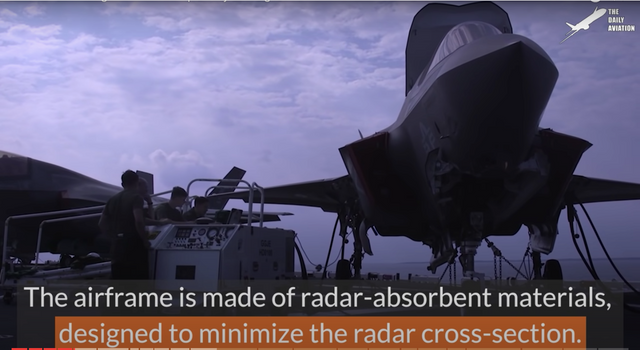
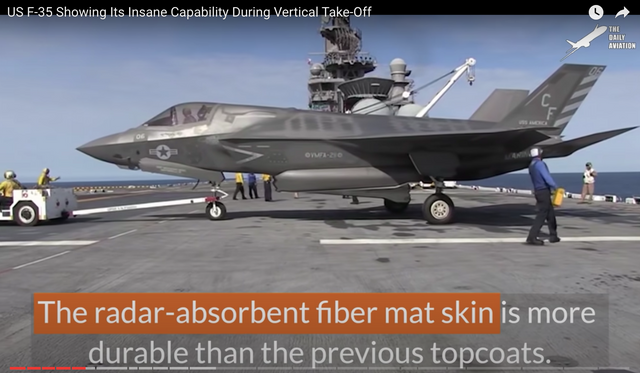


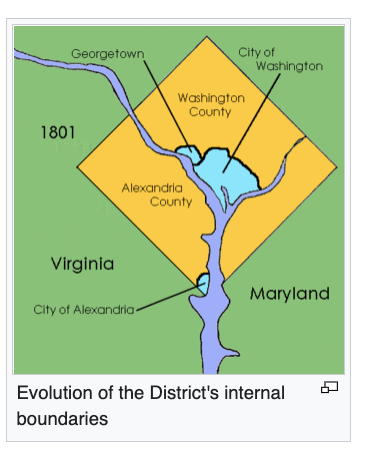
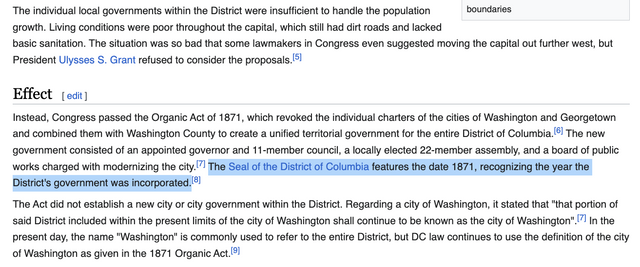
Should the 20th Amendment existed in light of. . .The #OrganicAct of 1871?
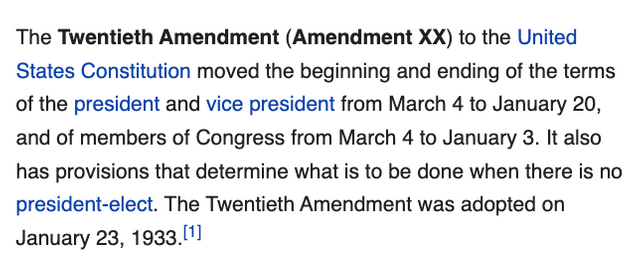

#RoyalCanadianAirForce, #RCAF, #Trudeau, #F35, #LighteningII, #CF18, #Hornets, #CanadaForces, #Canada, #CanadianNationDefense, #LockheedMartin